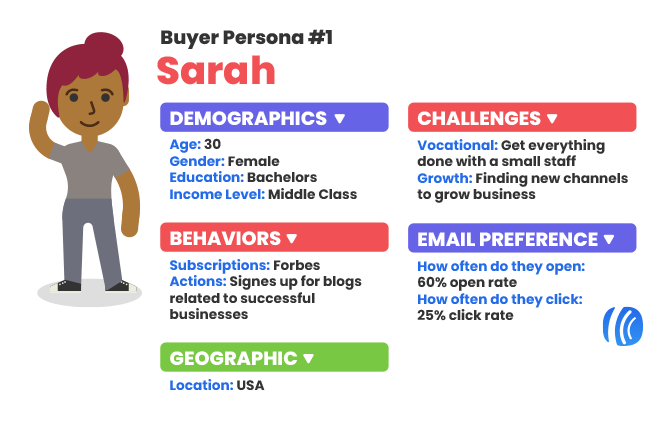ul. Strzegomska 2-4
53-611 Wrocław
NIP 8992786490
KRS 0000608120
REGON 363987723
Global4Net Sp. z o. o.
+48 71 358 41 00
© 2009 – Global4Net. All Rights Reserved.

Do you know how your customers get to know your company and its products/services? Do you know at what point they decide to place an order? Do you know what are their doubts and questions? That knowledge is extremely important because it allows you to increase sales through well-thought-out marketing efforts. And that’s what the customer journey map is all about. In this article, we’re going to show you why mapping a customer journey is so important and what to pay attention to along the way.
Before we get to the benefits of mapping a customer journey, let’s have a quick look at what it means and what major elements of the customer journey map are.
Shortly put, it’s an infographic or a diagram or a flowchart showing each and every element of the purchasing path of your customers. The customer journey map starts at the discovery stage, where customers find out about your brand and its offer, and it ends at the moment when a given person places an order (although many customer journey maps comprise post-purchase service as well).
Thanks to the customer journey map, you can understand your customers better. With it, you see how they become aware of your company and what encourages them to place an order or to send an inquiry. Now, for the customer journey map to be fully effective, it needs to comprise two significant elements:
Let’s take a closer look at them.
BUYER PERSONA(S)
A buyer persona is a representation of your typical or ideal customer. Many companies decide to give a specific name to their personas and describe them like you would describe a real person. The goal is to understand your customers – what they need, what they want, what they are afraid of, and what their challenges and problems are. This way, you can decide how to approach customers so that your marketing message resonates with them. Take a look at this example of a buyer persona:

This customer profile should comprise different elements depending on your industry and business profile. For instance, in the B2B environment, you will be highly interested in your client’s position in the company, correct? Whereas in the B2C world, this information is frequently irrelevant (for example, laptops are purchased by both CEOs and cashiers).
Let’s take a look at some of the typical elements a buyer persona should comprise:
Now you know who you are talking to. The next step is to find out what they need to do to become your customer/client. Typically, these elements are divided into stages that comprise different touchpoints.
TOUCHPOINTS
These are elements potential customers have to see or interact with to place an order. Typical touchpoints are, e.g.:
A perfect customer journey map takes all these elements into account and analyzes what role they play in the whole process. Usually, touchpoints are divided into three main categories:
Each touchpoint should have its “parameters”, including expectations and potential issues.
ONE MAP OR MORE?
If your company offers different products and services (e.g., you have a separate offer for B2B clients and B2C customers), you will most likely need a separate map for each target audience. This way, you can keep everything organized and transparent.
Now you know what the customer journey map is all about. Let’s see what the benefits of such a map are and find out why you should create one for your company.
Customer journey maps are extremely useful both in B2B and B2C setups. They help marketers and managers understand their customers and see what can encourage (or discourage) them to place an order. With a well-designed customer journey map, you can identify all the critical elements of the purchasing process, eliminate everything that makes it more difficult, and concentrate on elements that play a valid role in acquiring new customers/clients.
This way, your company can deliver more desirable and tailored products and services (frequently, customer journey maps show that you need to modify your products/services to make them more relevant to the market), create more attractive offers and marketing messages, and foster more in-depth relations with the target audience.
Lastly, one piece of advice: Don’t go overboard with your customer journey map. The key is simplicity. Analyze your customers and the things they have to do to place an order. See if any elements can discourage potential customers and strengthen elements that you know are working (e.g., because of positive reviews that you get). Especially SMEs don’t need complex, never-ending CJMs.
Write to us




